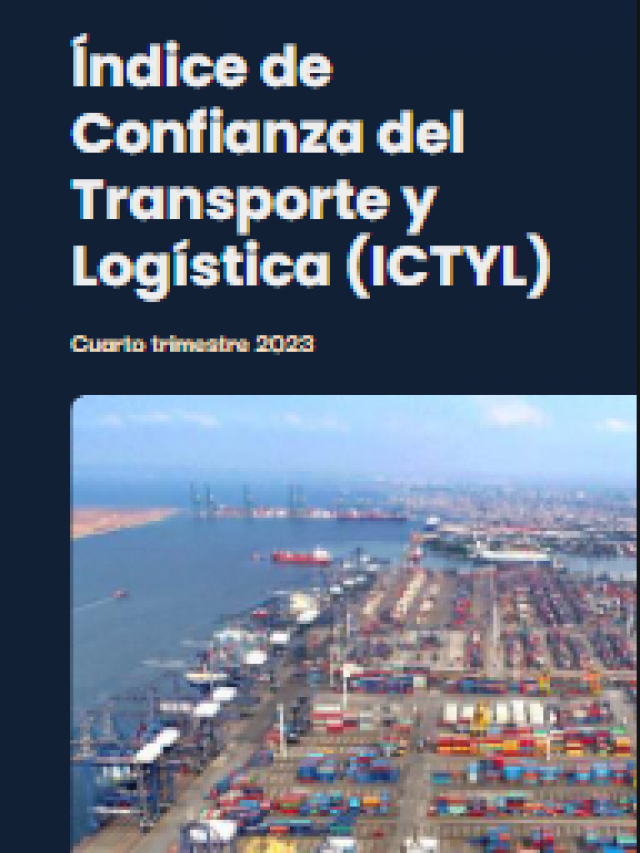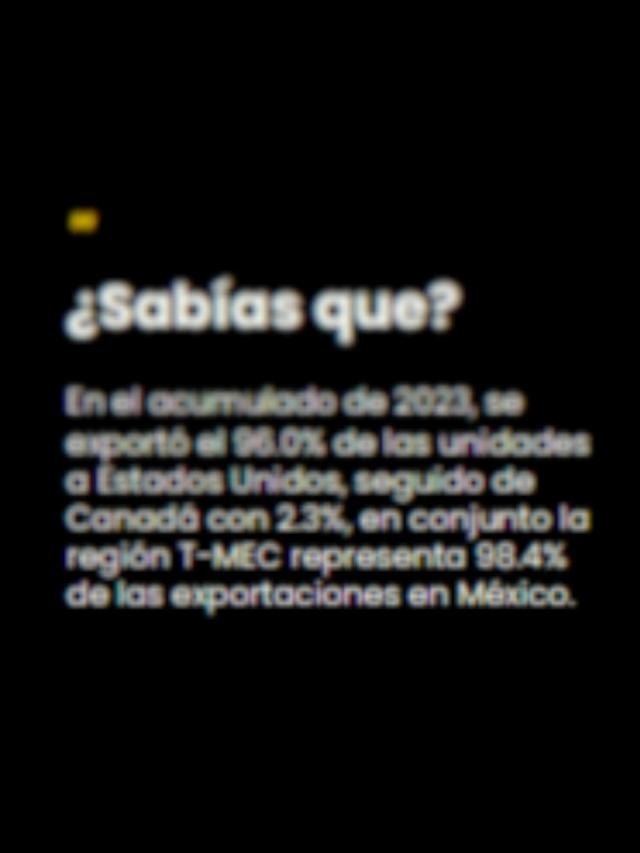
Tempers are high at Contecon Manzanillo . The second busiest maritime terminal for handling containers in the port of Colima ended 2024 with the best record in its history .
It only totaled 1,454,201 20-foot containers (TEU) , which also meant a growth of 14.0% compared to the 2023 figure, according to the port’s official statistics.
There is no doubt that, among the ports of Mexico, Manzanillo has been in the “eye of the hurricane” in recent years , with blockades and protests by truckers, collapse of surrounding roads, failures in customs systems, anchored ships, among other types of problems that have not gone unnoticed by importers and exporters.
No wonder. It is the country’s main port for handling containerized goods , and last year alone it handled 39.8% of the national total, with just over 23.5 million tons; but if the calculation is made by number of containers, it handled 41.8% of the national total, with three million 924 thousand 515 TEU.
“2024 was a very important year of consolidation and growth for us,” José Antonio Contreras, general manager of Contecon Manzanillo, part of the Philippine company International Container Terminal Services (ICTSI) , which has been operating the Specialized Container Terminal (TEC) II for 11 years, told T21.
Contreras, who has been in charge of TEC II since August 2021, referred in an interview to three specific points that drove the terminal’s growth in 2024: greater integration with its clients in the consolidation of cargo through Manzanillo; the strengthening of the use of the railroad ; and the start-up of part of the terminal’s expansion, along with the integration of new equipment (cranes).
In fact, the director stressed that this year the company will go all out on the railway issue , since one of its main objectives is to increase the evacuation of containers via the train tracks, in collaboration with its partner Ferromex .
“In the last four years we have increased the movement of containers by rail by 127%,” according to José Antonio Contreras.
Currently, TEC II, the only terminal in the port of Manzanillo with its own intermodal facility (for now with 2,200 linear meters of railway tracks) , has a daily schedule of two 60-car trains, which can transport up to 120 containers each.
Contecon Manzanillo’s plan for 2025 is to increase its track to 4.6 kilometers , which will allow it to operate three trains of 120 cars each. The investment here will be around eight million dollars.
“At the end of 2024, we will begin phase III-B (expansion). And the intermodal part is included in this,” said José Antonio Contreras, and estimated that the expansion of its routes would end in September of this year. “They will go directly to the final destination, as you know, mainly the Valley of Mexico, Guadalajara, and we will increase our penetration in the north of the country, (such as) Nuevo Laredo,” he said.
Likewise, Contreras predicted that the expansion of its tracks would trigger the block train services that have been developed since the beginning of 2023.
Expansion in process
At the end of September last year, Contecon Manzanillo announced the opening of three new container yards, which are part of its expansion project (phase III) and with which it increased its capacity by just over 200 thousand additional TEUs per year. In addition, a fourth yard is expected to come into operation in the coming months.
“The terminal is now approaching 1.7 million containers capacity,” said Contreras.
The TEC II expansion, which began in December 2022, also includes the extension of 400 meters of dock (to reach a total of 1.3 kilometers of dock with the capacity to serve up to three 400-meter ships) , 900 plugs for reefers (temperature-controlled containers), the acquisition of two super post-panamax dock cranes and another six RTGs. All this under an estimated investment of 300 million dollars.
With the adjustments, the terminal will have the capacity to operate between 2.3 and 2.4 million TEUs, and “with which Manzanillo will be able to breathe ,” according to the executive.
The collective outlook is for the port to continue increasing its activity in container handling , mainly in import cargo, where Asia, especially China, has contributed to this trend.
Meanwhile, the port community of Manzanillo has been aware of the problems and has worked on different strategies, together with the port authorities, to try to speed up cargo movements, such as changes in its operating rules, investment in a second access in the northern area of the port, and extension of customs hours, among others.
But the main bet to recover the competitiveness of this port in the handling of containerized merchandise was announced last year. President Claudia Sheinbaum gave the initial flag for the construction of what was called Nuevo Manzanillo, which is the expansion of the port towards the Cuyutlán lagoon , which exceeds four times the area (sea and land) of the current port, and where the entire maritime-logistical sector has set its sights on getting a part of what will be developed there: four specialized container terminals, of which two of them are expected to come into operation by 2030.
Comment and follow us on X: @EnriqueDuRio / @GrupoT21














